Starter Pedals for Acoustic Guitar
Acoustic guitars don’t need much when looking for a live setup for simple open mics, and smaller live performances. Our guide below looks at a basic setup that should have most performer’s needs covered.
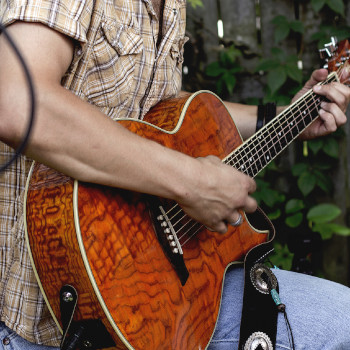
The longer you play the more pedals you’ll inevitably amass but hopefully, for most, you can find a nice balance especially as you start to carry more gear out to live gigs.
Acoustic guitarists rarely need a large amount of pedals when performing on stage – especially for smaller or more personal gigs like open mics, smaller bars, or similar performances. With just a few key pedals you can have most of your needs met – a bit of compression to help bring out the nuances of your picking hand, some slight delay if needed, and the ability to boost yourself for any leads/solos. You don’t necessarily need all these pedals to play out – but if you’re looking to have all your bases covered this setup should be a good starting point.


Your Choice
The Acoustic Guitar
Most players searching for gear guides at this point would have an acoustic guitar they can play live. We have a collection of fairly low-prices acoustics below, but as this is where your sound starts you’ll want to make sure you have an instrument that can stay in tune, and has some fairly well-performing pickups – as in a dedicated acoustic/electric setup you can install (if not already provided).
While using a clip-on pickup is doable, you’ll find it hard to balance feedback and pickup when playing on a more crowded stage – especially if you are playing near or in front of a monitor.
Having volume control and awareness of how much volume you are bringing with your right hand can go a long way in making sure your signal starts clean.

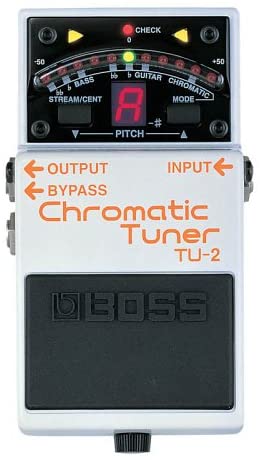
Boss
TU-2 Pedal Tuner
The Boss TU-2 Pedal Tuner is a staple of any musician – whether you’re touring or playing in bars. Get this first in your chain, as you’ll want to make sure the signal feeding into it is as pure as possible.
While tuning your instrument at the beginning of a song or set is pretty straightforward, you’ll often find more pros utilizing the bypass output, which means you can tune on the fly without killing your signal by turning the turner on. Use it often, and never forget to have spare batteries if you are not relying on a pluggable power source.

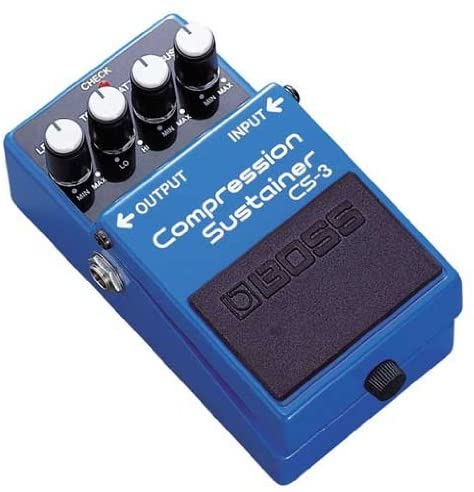
Your Choice
Compressor
Generally compressors are placed at the front of your pedal line and serve to help create more of a balance in the volume of your tone, by helping even out your attack, and providing more sustain.
This can help even out the volume of your playing (from a picking hand dynamic) as well as allow you to cut through the rest of the group if you were playing the lead.
Less is more with compression – especially for an acoustic guitar.


Your Choice
Digital Reverb
A lot of live sound setups and mixers do provide reverb within their setups, so it’s important you speak with the venue or production staff in order to figure out whether you’ll need to “provide your own” reverb, or you can depend on the live sound.
Additionally, reverb is a very common setting that amp makers provide, so you may be able to rely on your amp depending on your setup.
Reverb gives the effect of playing in a larger hall – almost an echo – and can really provide a lot more depth to not only guitar but vocals as well. This is an effect you would keep on most of the time, though like compression less is more.

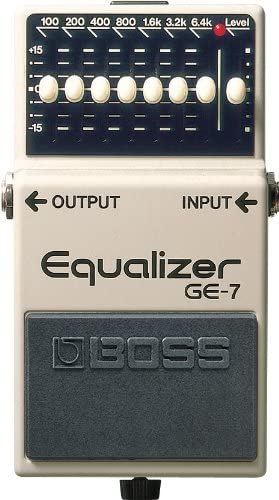
Your Choice
EQ Pedal
Equalizer Pedals are a common choice for the last in an acoustic guitar pedal line as they can help avoid feedback issues, and help you diagnose and fix sound issues that may be venue dependent, or dependent on the type of live sound setup you find yourself in.
These types of pedals can help you restore punch, low ends, or reduce muddiness that may be coming from your pedal line, or other sources within your signal.

A Final Word On This Guide:
As stated at the outset, this is BY NO MEANS a complete overview of the possible types of pedals your rock pedalboard can house, but merely the beginning. There is so much more to explore within and beyond just these three types of effects. But once you have selected the overdrive/distortion, phaser, and delay/echo you like, you can then consider pedals like a wah, an octave pedal, or one that improves upon effects your amp already has like reverb and EQ. The field is wide, now plug in and experiment!
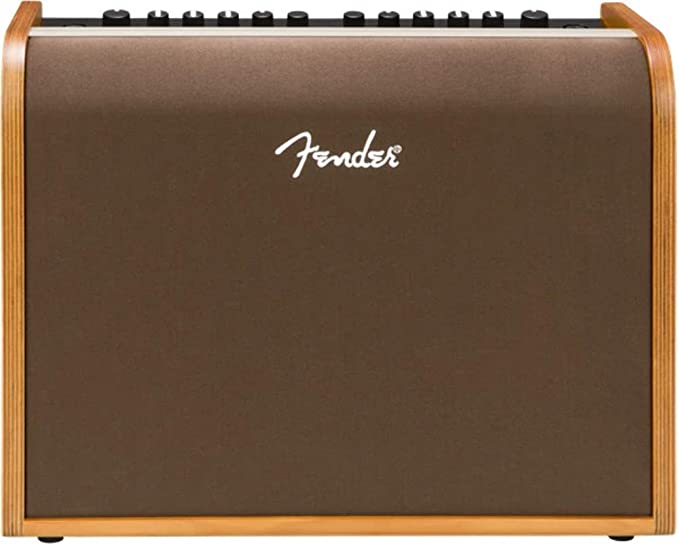
YOUR CHOICE
Acoustic Guitar Amps
While the venue you are playing at will determine whether or not you need to provide an amp, you’ll eventually need a lightweight amp to use gigging, as well as for practicing.
“Acoustic” amps are great choices, and the only real difference you’ll see between these types of amps and more mainstream electric guitar amps are the types of effects included. Generally more options to create more distorted “lead” types of sounds are provided by standard electric guitar amps, while acoustic models tend to lean to more mellow effects.
Most electric/acoustic guitars can also be plugged “direct-in” which is when your 1/4 cable is plugged directly into the mixer, a DI box, which is then amplified to the audience via the main PA systems, and to yourself via a stage monitor.
